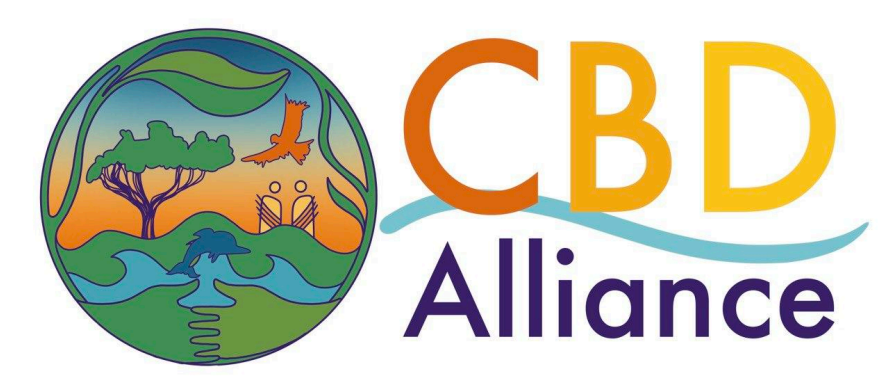For example, in Peru, the Jaguar Amazon REDD Project of the offset firm Greenoxx pretends to protect jaguars by logging the rainforest, where they live. The “charismatic, boutique” project, which includes the Jaguar Biodiversity Project implemented by Dr. Mathias Tobler of the San Diego Zoo, consists of the timber company Inversiones Forestales Chullachaqui SAC logging the REDD project area and the sawmill operator Forestal Otorongo SAC turning the logs into planks “for at least 80 years.”
Even though this project deforests the Amazon, and despite deforestation being the biggest threat to jaguars, the project is the world’s 5th largest REDD project and has been certified by Verra's Climate, Community and Biodiversity Gold Standard.
Meanwhile, in the ocean, polluters are using whales for carbon offsets arguing that their bodies are sponges for their pollution. The International Monetary Fund, 41 countries and conservation NGOs support using whales for carbon offsets. The IMF wants to pay the oil, fishing, and shipping industries not to kill whales so they can use them as carbon credits, even though these same industries also pollute and cause climate change, which in turn kills whales.
In 2021, the Whale Carbon Plus Project began near a bowhead whale sanctuary in the Inuit People’s territory in the Canadian Artic, where Baffinland Iron Mines Corporation, a partner of the whale offset project, has a polluting iron ore mine, which is expanding despite Inuit opposition. According to the financial news service Finshots, “the project would use AI to track the whales’ movements. And then issue a bond against it. A company could buy that bond and instead of an interest on the investment, they’d get a carbon credit.”
Potential buyers of whale offsets and blue bonds include corporations such as Apple, Amazon, Disney, Patagonia, Microsoft and Walmart. Whale offsets may eventually be used to greenwash devastating Deep Sea Mining.
Using whales to pretend to absorb carbon dioxide is a false solution to climate change that could accelerate the extinction of whales. The former UN Special Rapporteur on Indigenous Peoples Francisco Calí Tzay admonished that “polluters must not use whales as a ‘tool’ to absorb their pollution.”
Panganga Pungowiyi, staffed with IEN in Alaska, explains that “whales are sacred relatives, not sponges for corporate pollution. We defend whales and our territories from the land grabs and ocean grabs of the IMF, the so-called Blue Economy and carbon colonialism. We know that the commodification of any Life form truly means we are commodifying all life forms. We are not separate. We are connected. When the whales die, we die. These offsets violate our sacred relationship with whales just as forest offsets violate our sacred relationships with our forests. Keep in mind that for-profit companies are still permitted to mine and drill on offset lands and waters.”

